
Pub Culture
Text and Photography by Füsun Atalay © 2004
Acknowledgment: My research on this topic is based on first hand experiences of pubs in Cambridge, England as well as knowledge I gained by reading material on the Internet.
"No, Sir; there is nothing which has yet been contrived by man, by which so much happiness is produced as by a good tavern."
~ Samuel Johnson, 1776 ~
Just what is it about pubs that have attracted people from seventeen to seventy - and even older - not only to enjoy a brew, but also to forget the woes of the world as they engaged in animated interaction, played games or sang their favouite songs in informal, cosy surroundings ?
Rhetorical question ?
Maybe.
But pubs, throughout history, have been more than just a shop where drinks were sold and meals were consumed. They were as important to a community just as its churches were.For centuries the pub has been a place where friends met, colleagues talked shop, and businessmen negotiated deals. They were establishments where people gathered to celebrate, shoot darts, sing songs or seek simple, quiet relaxation.
Due to changes in the law, many pubs now are places for families with old and young members, re-establishing themselves as places to eat. Many pubs may also provide affordable ccommodation, especially in rural areas; and in remote communities pubs often serve also as church or post office.
So how has the pub evolved its unique role in English life?
The term 'pub' was coined by the Victorians, as an abbreviation of 'public house'. It was the Romans who gave England its first 'pubs' almost two thousand years ago. In Roman towns tabernae, recognizable by vine leaves displayed outside to advertise their trade, served food, wine, and probably local ale. Unfortunately, when the Romans left, the tabernae also disappeared.
Over the next few centuries invaders came and went, and occasionally settled. One thing the invaders all had in common was their fondness for drinking. They had an unquenchable thirst for ale, which was brewed using malted barley, water and yeast. It was sweet and powerful, but did not keep as it soured easily.
To produce good ales skill was needed . As with all skills, some people were better at brewing than were others. Those who made good ale sold it within and beyond their villages.
The ale was sometimes consumed at the brewer's house and so, the informal alehouse was born. However this arrangement was likely to be part-time or when the brewer had enough money to brew. History testifies that as early as the seventh century the number of ale-sellers was restricted by Ethelbert, the King of Kent, so it would seem the population was becoming a little too skilful at brewing.
Meanwhile, the increase in industries and the growth of population began worsening the already polluted water supply. Thus, ale became the only safe drink and the increase in demand made alehouses take on a permanent role.
Meanwhile, the increase in industries and the growth of population began worsening the already polluted water supply. Thus, ale became the only safe drink and the increase in demand made alehouses take on a permanent role.
The Church's influence did not lessen the English thirst for ale; so the Church adopted many Pagan rituals involving drinking. Ales brewed especially for church festivals or to raise funds were known as 'scot ales', and those who brewed secretly to avoid giving the church its share were drinking 'scot free'.
During the reign of Elizabeth I (1558-1603) England began to assert herself in the world through trade and exploration, as well as military might. Population growth and a changing economy saw the expansion and creation of towns. Population in urban areas settled permanently as the professional classes of lawyers, bankers, and civil servants started prospering.
The taverns developed in the towns in those times sold only wine. The fundamental difference between the tavern and the alehouse was that the former was a place for leisure and pleasure, whereas the latter was a place of necessity. In the alehouse, the poor found shelter and relief from their plight spending the little money they had, to sustain themselves.
Taverns on the other hand, catered to the professional classes by offering better food, drink, and many other comforts which they could afford.The romantic, nineteenth century pictures of the cosy taverns, with customers gathered in animated conversation, smoking pipes and quaffing ales around a crackling fireplace, hang in many modern pubs.
That was a time when taverns thrived. Although the clientele may have been wealthier than those who frequented the alehouses, their behaviour not always suited their social rank. There was much drunkenness, since it was not disapproved of as it is today. Consequently, taverns attracted con-artists and prostitutes who fleeced the inebriated, unsuspecting patrons.
Today, whether they are called gastropub, brasserie or bistro, pubs are found all over the world.
They bring together friends, families, employees, retirees or tourists to socialize, enjoy a meal and taste beer on tap or in the bottle. The mood is jovial, the atmosphere warm and friendly.
The hustle and bustle during lunch or happy hour and the friendly, unpretentious service are some of the trade marks that distinguish many pubs from other social establishments.Pubs offer generous, tasty meals at reasonable prices.
Depending on their location and clientele, pub fares may vary. However, one of the traditional fares is the Ploughman's Lunch, which includes a large piece of cheese, a piece of bread, pickles and a pint of beer. Fish and chips or grilled fish, fries and salad are traditional items in pub menus. Pubs also serve meat pies, hamburger steak with fries, chili or slices of roast beef with thick slices of dark bread, lettuce and tomatoes.
Keeping with modern trends, curries, lasagna, and mussels have been added to the menus.Whether it is the food or the atmosphere that attracts patrons to a pub, one thing they are sure to find is a warm, welcome feeling of being among kindred spirits who share topics of common interests, carry on lively conversation, and forget the burdens of the world for a while in an age of ever-growing concerns.
Here is an easy to prepare pub-inspired recipe which goes a long way in taste.
Lamb Shanks Braised in Stout
Source: Man Made Food
Here is an easy to prepare pub-inspired recipe which goes a long way in taste.
Lamb Shanks Braised in Stout
Source: Man Made Food
6 x 450 g lamb shanks
1/4 cup vegetable oil
salt and pepper, to taste
2 large white onions, thinly sliced
2 cloves garlic, peeled and thinly sliced
1 Tbsp sugar
1/3 cup all-purpose flour
3 cups stout
3 cups beef stock
1 bay leaf
3 sprigs fresh thyme
3 sprigs fresh parsley
Preheat oven to 350F.
1/4 cup vegetable oil
salt and pepper, to taste
2 large white onions, thinly sliced
2 cloves garlic, peeled and thinly sliced
1 Tbsp sugar
1/3 cup all-purpose flour
3 cups stout
3 cups beef stock
1 bay leaf
3 sprigs fresh thyme
3 sprigs fresh parsley
Preheat oven to 350F.
In a large heavy Dutch oven, heat the vegetable oil over medium-high heat. Season the lamb shanks and brown in batches, 2 or 3 at a time. When browned all over, remove the shanks to a plate and set aside.
If there is a lot of fat remaining, remove all but 2 – 3 tbsp. Reduce heat to medium and add the onions and garlic. Season and saute until the onions begin to soften. Add the sugar and the flour and continue to cook for several minutes. Raise the heat to high and add the stout and beef stock, stirring constantly.
Bury the shanks in the braising base, add the parsley and thyme and bring to a boil. Cover with the lid and place the Dutch oven in the preheated oven. Cook for 2 hours or until the shanks are meltingly tender. Remove the herbs and serve.
~~~~~~~~~~~~~
Copyrighted Material ~ Copyright © 2004 All Rights belong to Füsun Atalay






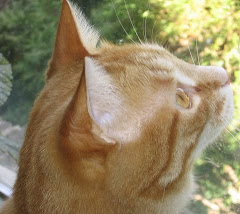


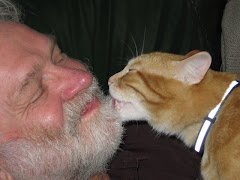

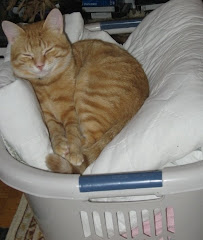



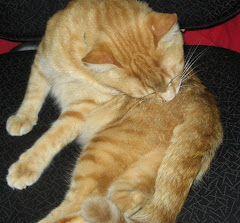

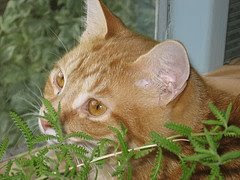

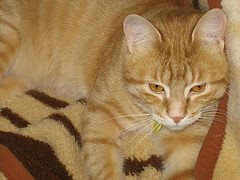
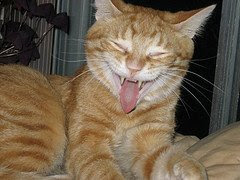
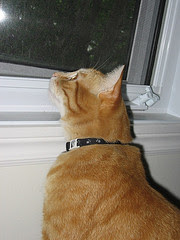
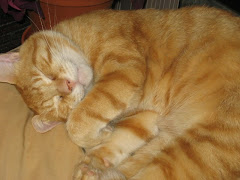
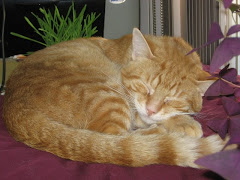
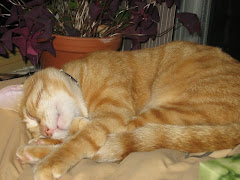


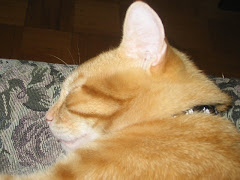


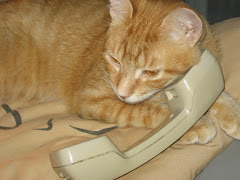
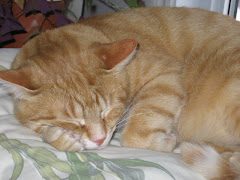
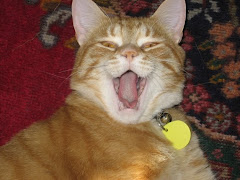

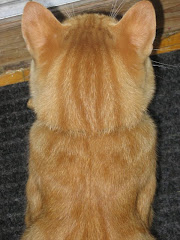
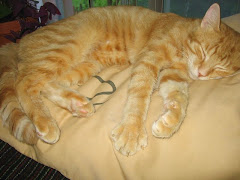
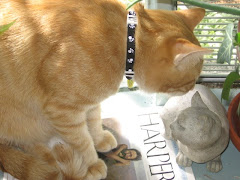

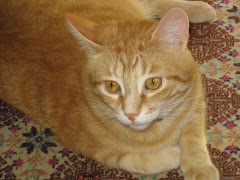


No comments:
Post a Comment